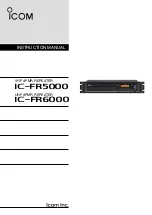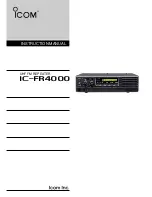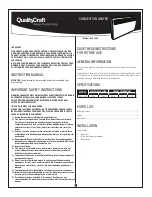
M4-CYGMINI-TSR-M-ENG_Iss 1
Cygnus MINI ROV Operation Manual
Page 19 of 66
5.
Calibration
The Gauge is supplied tested and calibrated to BS EN 15317:2007.
The Gauge will have been calibrated to measure thickness through
steel (grade S355JO).
Either a 15mm or ½” test block is supplied with the kit so the
Gauge can be quickly checked for correct operation. Note, this test
block is not intended to be used for calibration of the Gauge and
may not indicate an exact 15.00 mm.
The best way to calibrate the Gauge is to calibrate using a
Known Thickness of a sample piece of the material you intend
to measure. This method determines the velocity of sound
for the material sample, which will always be more accurate
than using a ‘general’ velocity value.
For calibration instructions using CygLink see Calibrating to a
Known Thickness using CygLink on page 31, or with the TSR see
Calibrating to a Known Thickness using a TSR on page 21.
If there is no test sample available the Gauge can be calibrated by
setting the Velocity of Sound directly. A table on page 56 lists
common materials and their velocity of sound values. For
instructions on setting the velocity of sound using CygLink see
page 30, or with the TSR see page 20.
A third method is to leave the Gauge set to its factory-preset value
for Steel [5920 m/s or 0.2332 in/us], and then use a Conversion
Factor from the table of velocities on page 56.
















































